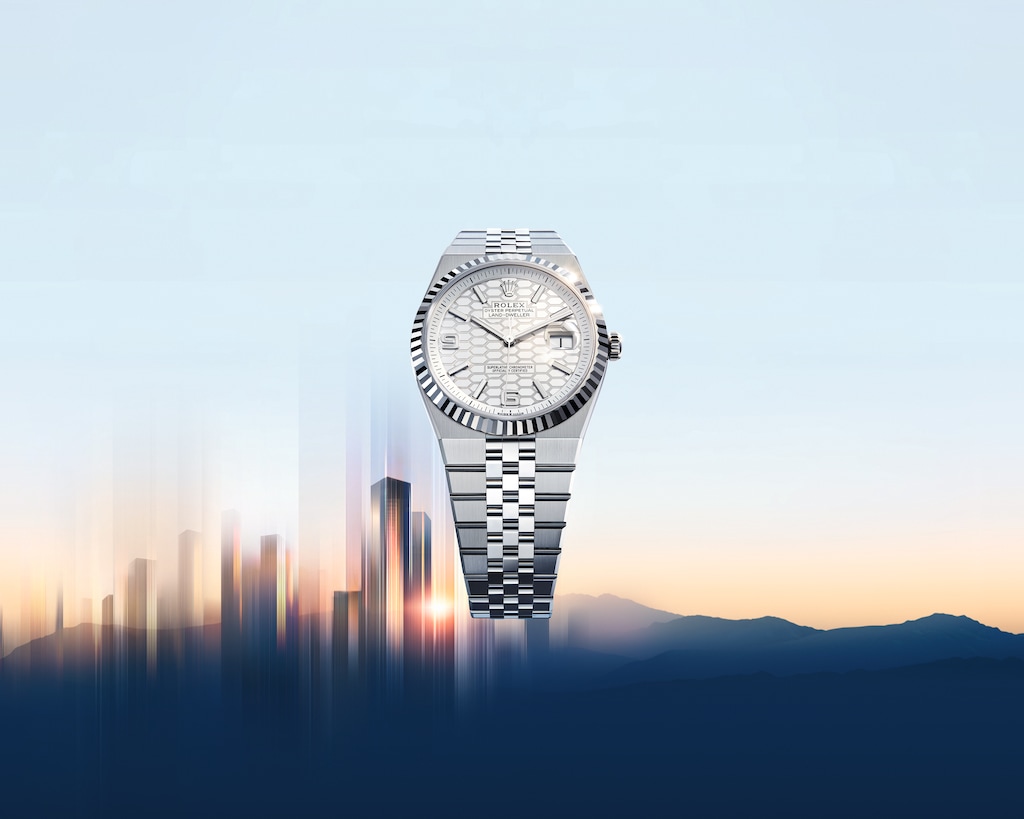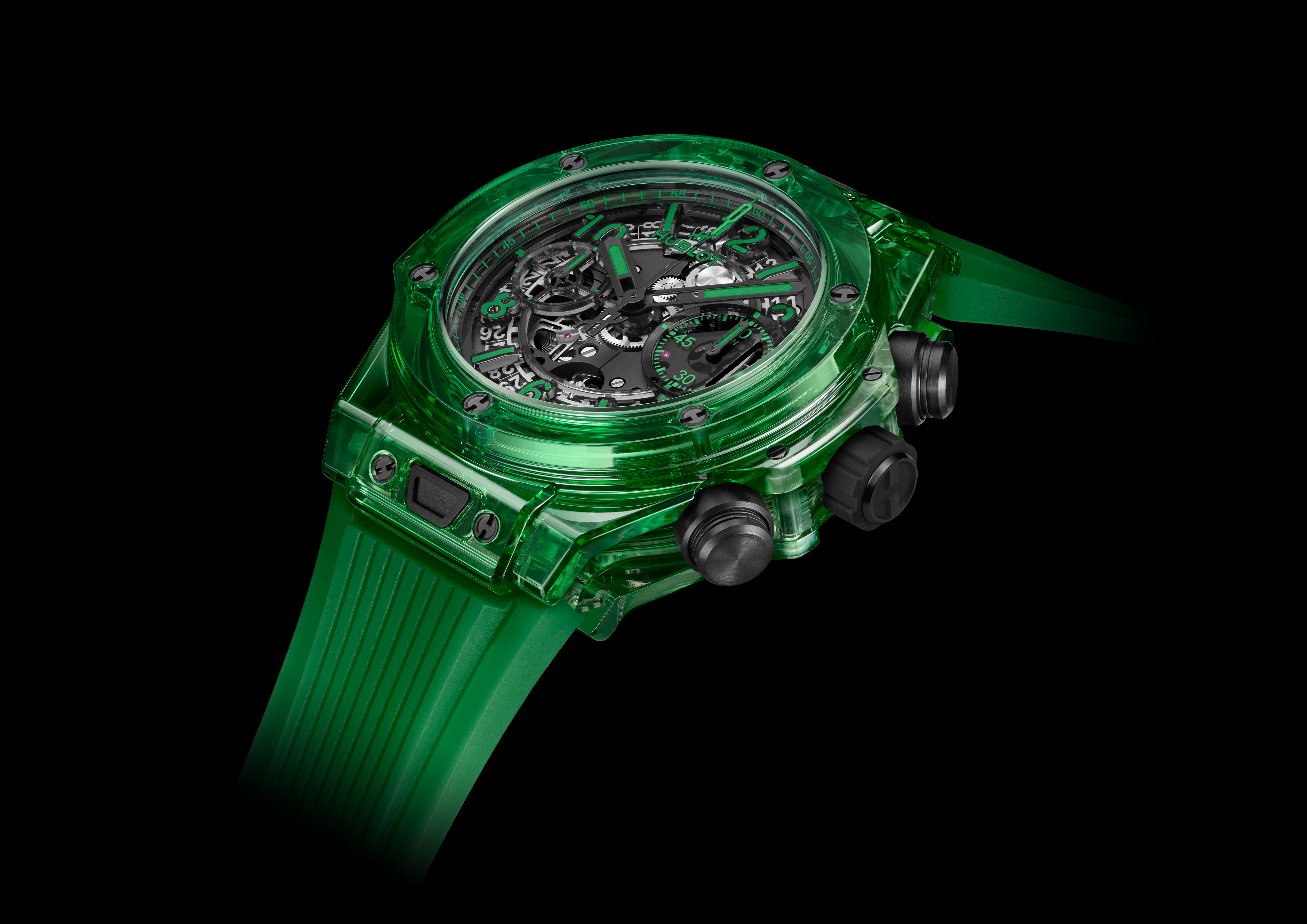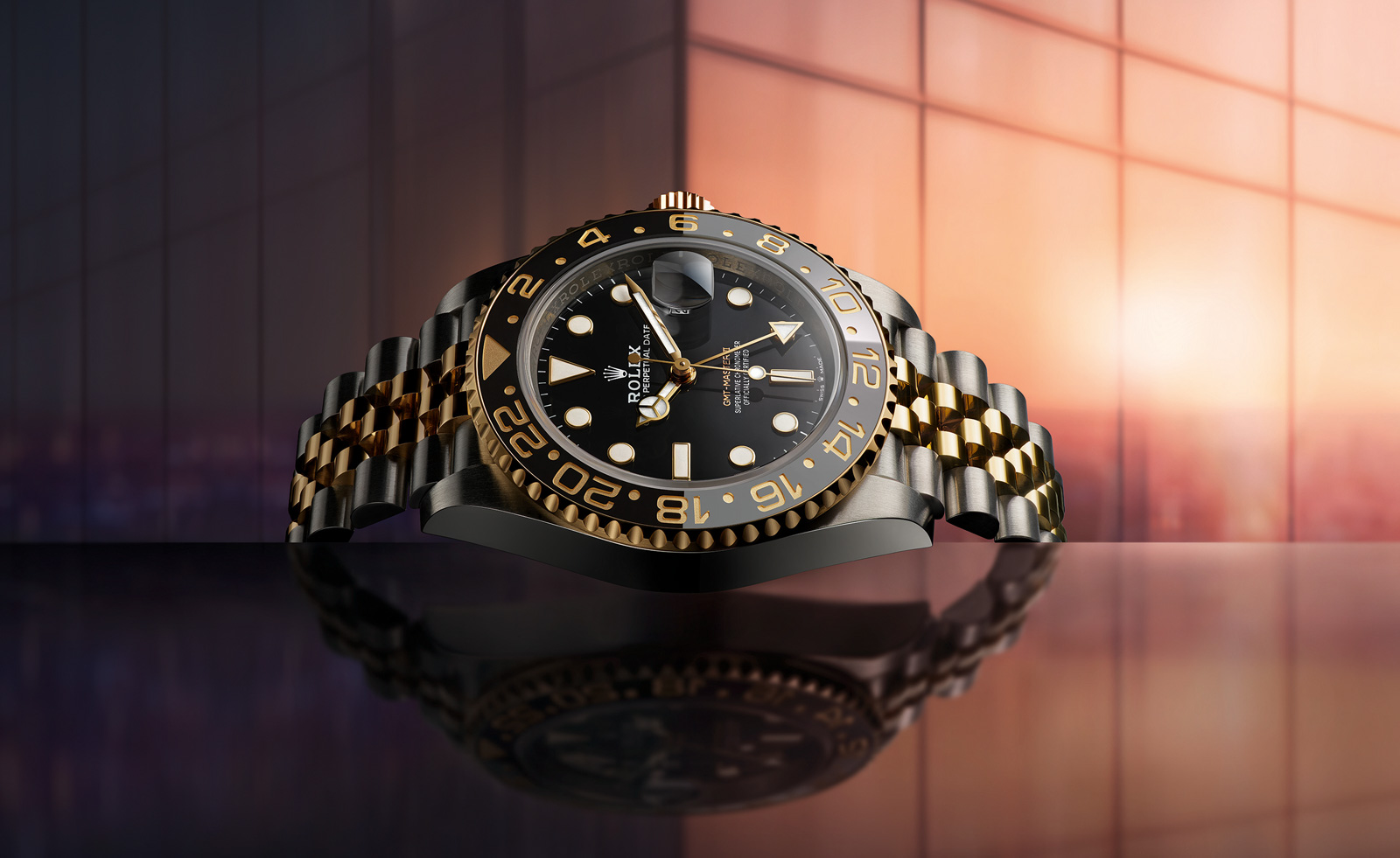Space Age watches born of 1960s futurism are out of this world
The brands and designers whose Space Age watches drew on references from Barbarella to the Lava lamp

Outside a handful of boutique-scale independent makers, contemporary watch design tends to play it safe, at least in comparison to the burst of creativity the industry witnessed in the late 1960s and early 1970s. Drawing from the same futuristic well of inspiration that gave us the Lava lamp (now celebrating its 60th anniversary) and Roger Vadim’s Barbarella, out-of-this-world Space Race watches appeared from designers ranging from Pierre Cardin to Andrew Grima.
In contrast to the stark, technological simplicity of the Apollo programme and ‘proper’ space watches such as Omega’s Nasa-qualified Speedmaster and the Rolex Cosmograph, these flamboyant watches drew from Barbarella’s luscious alternative vision, finding a sexy dimension in space that was a polar opposite of the pristine horror of Stanley Kubrick’s 2001: A Space Odyssey.
Space Age watches

Sketches of the Grima Pulsar watch
Examples of this horological space-pop can be hard to unearth and some of the designs never really worked, but others changed what a watch could be with new materials, new ideas and, even, new technologies.
Clearly breathing some of the same air as Barbarella’s design crew was the Anglo-Swiss architect André Le Marquand, whose Spaceman design from 1969 was first shown at the Basel Fair in 1972. It was an oval-cased watch in chromed metal with fibre-glass inlays that looked like a space helmet, a dial that looked like the visor and the watch even had a shiny plastic strap using a new material from DuPont.
The watch sold well enough for Le Marquand to be commissioned for a second design, the boxy, asymmetric Spaceman Audacieuse. Both models and a later LCD digital design were also sold under other brand names, such as Fortis, just the thing to wear while glancing at your JVC Videosphere.

Prototype of the Grima Pulsar watch
Given his genius at accessory design and obsession with the future, not to mention the space suits he designed for Nasa, it is no surprise that Pierre Cardin designed a number of space watches. His Espace collection, which debuted in 1971, featured 26 designs that were strikingly original with their daring, asymmetric cases, synthetic materials (of course, plastic was very much the material of the future), gender fluidity and bold straps and bracelets.
Cardin wasn’t the only designer to fuse novel materials with decidedly non-standard case and dial designs, and the mid-1970’s saw a slew of off-beat watches born of the same sci-fi-inflected futurism. Typical is Jovial’s Vision 2000, which was conceived in a similar vein to the Spaceman, though the helmet is more abstracted and the display more conventionally legible.
Receive our daily digest of inspiration, escapism and design stories from around the world direct to your inbox.
Ironically, these watches were the last generation to use mechanical movements before quartz technology and digital displays took over. Makers quickly adopted a more conventional approach to design as they sought to reassure potential consumers of the new technology, but not before jewellery designer Andrew Grima produced a series of one-off watches using Hamilton Pulsar movements that are the last word in sci-fi futurism.

Sketches of the Grima Pulsar watch
James Gurney has written on watches for over 25 years, founding QP Magazine in 2003, the UK’s first home-grown watch title. In 2009, he initiated SalonQP, one of the first watch fairs to focus on the end-consumer, and is regarded as a leading horological voice contributing to news and magazine titles across the globe.
-
 David Kohn’s first book, ‘Stages’, is unpredictable, experimental and informative
David Kohn’s first book, ‘Stages’, is unpredictable, experimental and informativeThe first book on David Kohn Architects focuses on the work of the award-winning London-based practice; ‘Stages’ is an innovative monograph in 12 parts
-
 Jaguar spotlights five emerging artists in its inaugural Arts Awards
Jaguar spotlights five emerging artists in its inaugural Arts AwardsThe new Jaguar Arts Awards in partnership with London’s Royal College of Art embody a shared drive to nurture new talent; meet the 2025 winners
-
 ‘Locally anchored and globally conversant’: Salone del Mobile debuts in Saudi Arabia
‘Locally anchored and globally conversant’: Salone del Mobile debuts in Saudi ArabiaSalone del Mobile lands in Riyadh (26-28 November 2025), bringing its creative and manufacturing know-how to one of the world’s fastest-growing markets and setting the stage for Italo-Saudi design relations
-
 Every new Rolex watch unveiled at Watches and Wonders 2025
Every new Rolex watch unveiled at Watches and Wonders 2025Our editors are on the ground at the biggest trade show in the horological calendar, where key industry players take the stage. Here, we spotlight Rolex as it reveals its new wave of watches
-
 Rolex and Wallpaper* present the first authorised history of the Submariner watch
Rolex and Wallpaper* present the first authorised history of the Submariner watchRolex and Wallpaper* partner to publish ‘Oyster Perpetual Submariner – The Watch that Unlocked the Deep’, written by Nicholas Foulkes. The launch includes a silk-bound limited edition, available now
-
 Gold watches for 2025 and beyond
Gold watches for 2025 and beyondGold watches from H Moser & Cie, Fears and Patek Philippe are on our radar for 2025
-
 All the Rolex watches launched at Watches and Wonders 2024
All the Rolex watches launched at Watches and Wonders 2024This year, Rolex watches marry past design codes with modern technology
-
 2023 Rolex Awards for Enterprise: five laureates announced
2023 Rolex Awards for Enterprise: five laureates announcedMeet the 2023 Rolex Awards for Enterprise laureates, all improving our knowledge of the world in ways that protect the environment, humans and animals
-
 LVMH Watch Week 2024 set the watch trends for the year ahead
LVMH Watch Week 2024 set the watch trends for the year aheadLVMH Watch Week 2024 set an optimistic tone – here are the watches to look out for this year
-
 Rolex wins Best Pop Art in the Wallpaper* Design Awards 2024
Rolex wins Best Pop Art in the Wallpaper* Design Awards 2024The Rolex Oyster Perpetual watch rejoices in colour
-
 Discover all the Rolex watches released at Watches and Wonders 2023
Discover all the Rolex watches released at Watches and Wonders 2023Rolex unveils bold new additions to its iconic watch families